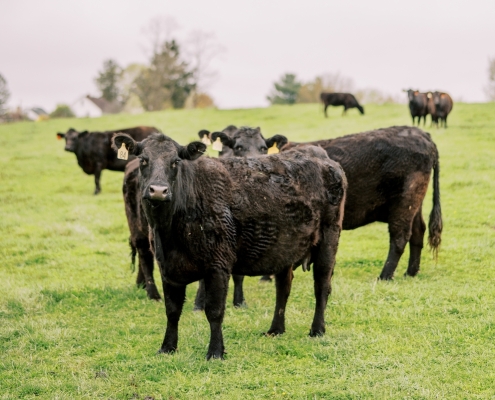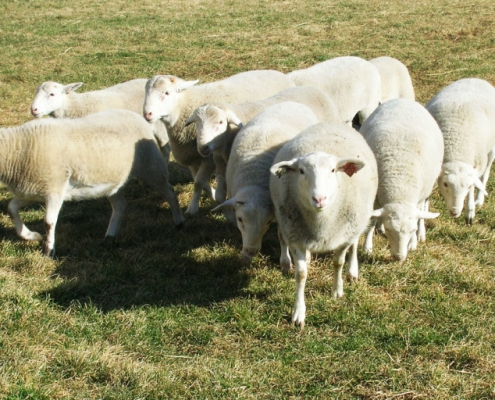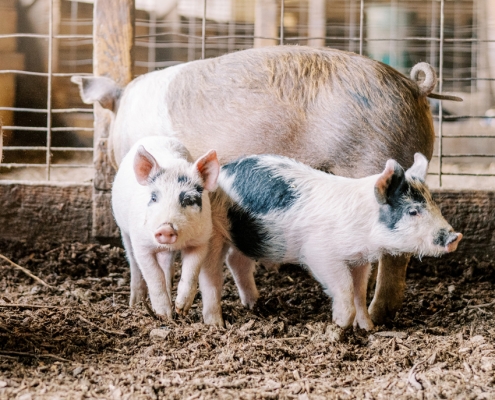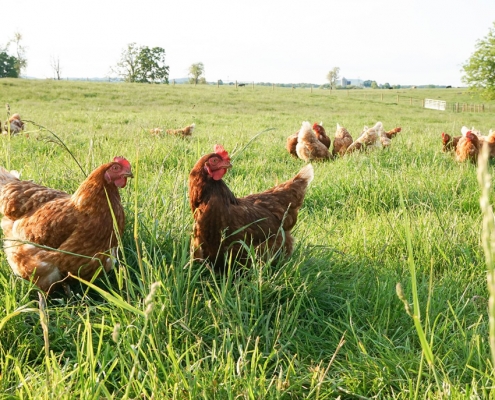Our Straightforward Guide To Understanding Preservatives & Additives.
If you’re like us, you’ve probably picked up a box of cereal or a loaf of bread and read the ingredients listed on the back of the packaging only to find several words you couldn’t pronounce. Understanding all the terminology surrounding the additives in processed food can be daunting. Here is an attempt to give the basics on preservatives and additives and their impact on our food, environment and health.
Not All Preservation Methods Are Bad, But Some Additives Are.
Humans have preserved food for thousands of years, if not more. Drying food in the sun, pickling, fermenting and freezing food have played a critical role in protecting the health and safety of our ancestors. These methods have also added considerably to our culinary repertoire. Additives or preservatives are ingredients added during chemical preservation. Many are harmless and can even improve your health, but some can have a negative impact on human and environmental health. Here’s a breakdown of the terms we’re discussing:
- Chemical Preservation: During chemical preservation, you must add certain ingredients to keep the food fresh – those are additives! When we make yogurt, we add specific strains of bacteria and/or lactic acid to help it last longer. Kimchi and other fermented foods typically stay safe as the natural bacteria from the vegetables start to break down.
- Physical Preservation: To preserve food physically, you typically need to cure or smoke meats and dry or can fruits and vegetables. Sometimes people use both physical and chemical preservation to keep food fresh.
- Additives: Additives are just what they sound like – anything added to food. Chemical preservation uses additives to preserve food. Additives are commonly used to enhance color, flavor or change the texture of anything from potato chips to salad dressing.
These Ancient Preservation Methods Sound Great, So What’s The Problem?
Preserving food is necessary to ensure we have enough to eat during those long winter months. The problem with some additives used in food preservation is that many processed foods are loaded with chemicals that could impact our health. These primary additives are the biggest culprits with noted side effects for many consumers:
- MSG: Chefs and manufacturers use Monosodium Glutamate (MSG) to enhance flavors in food. When used in moderation, MSG may have no adverse reactions. Some people, though, have been shown to experience headaches, sweating and numbness after eating food coated with MSG.
- Where You’ll Find It: Fast food, processed meats, frozen meals, condiments like soy sauce, ketchup, mustard, mayo, chips, snack foods and more.
- Food Coloring: Artificial food coloring is used in many processed foods to enhance appearance. Manufacturers use petroleum or crude oil to create the colors we see on anything from colored candies to Cheetos. Some colors, specifically Red 3, have been proven to increase the risk of thyroid cancer, and anecdotal evidence suggests these dyes (especially Red Dye #40) can contribute to allergies and hyperactivity in children.
- Where You’ll Find It: Candy, potato chips, snack foods, beverages, sauces (BBQ sauce is often high in Red Dye #40), beverages, and cereals; it’s everywhere!
- Carrageenan: Carrageenan is a derivative of red seaweed and acts as a thickening agent and preservative. Animal studies have shown it can increase blood sugar levels and glucose intolerance. It also can affect digestive health and contribute to chronic inflammation.
- Where You’ll Find It: Dairy and many dairy alternatives, and deli meats.
- Sodium Benzoate: Sodium Benzoate is considered safe, but recent studies show it can increase hyperactivity and ADHD in children and young adults. It has also been found to increase cancer risks when combined with Vitamin C.
- Where You’ll Find It: Carbonated beverages like sodas, with diet sodas being the worst.
Additives & Processed Foods Negatively Impact The Environment.
You find many harmful preservatives and additives in ultra-processed foods. Those foods tend to be what we find in the middle of the grocery store and can include chips, crackers, candy, cereals, sauces and condiments. While the additive on its own may not hurt the environmental health of our planet, ultra-processed foods do. When we look at the big picture of mono-culture farming and industrial agriculture, additives contribute to the environmental degradation of our natural resources. Like many things, the direct effect may be less obvious, but it is no less important.
Avoiding Additives Is A Conscious Decision That Takes Effort.
The worst additives primarily show up in ultra-processed foods. Ultra-processed foods usually contain more salt, sugar and fat than homemade food. The easiest way to limit their presence in your diet is to eat well-balanced meals made with whole, fresh ingredients. Instead of grabbing that afternoon soda, try making a cup of tea. Consider making homemade salad dressings, sauces and condiments. Many of those processes don’t take much longer once you get the hang of it. We invite you to visit our storefront or reach out to us with questions about preservatives and additives in food. The more we learn, the healthier we’ll be.







